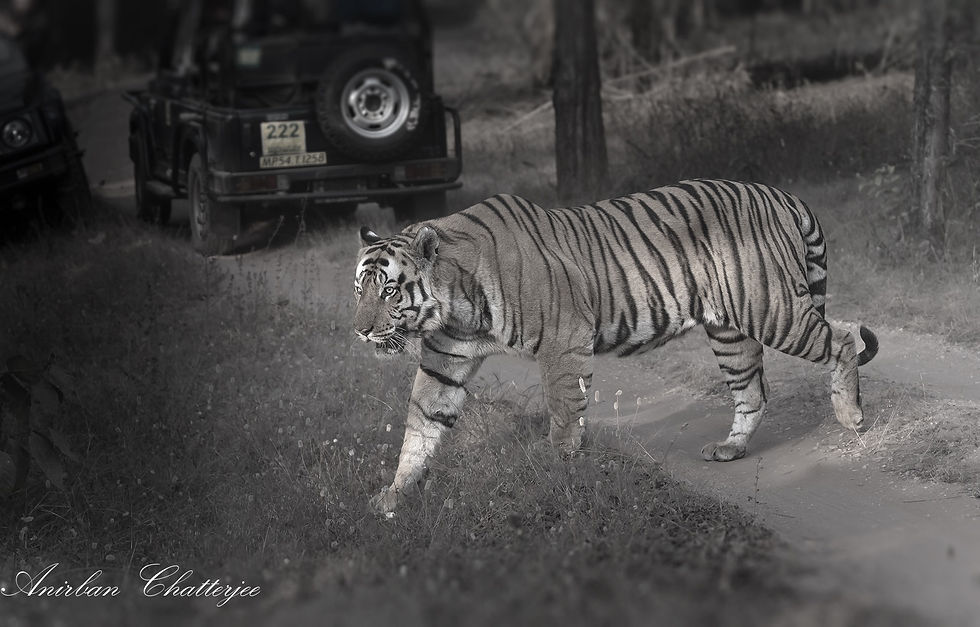Learn about Indian Rock Python
- Editor

- Aug 13, 2023
- 4 min read

Image by Tamara Gore, Unsplash
Introduction of Indian Rock Python
The Indian python, a magnificent non-venomous snake species that hails from the Indian subcontinent and certain regions of Southeast Asia, is truly a remarkable creature.
The Indian python is a part of the Pythonidae family, which comprises several other species of pythons that are found in various parts of the world.
The Indian python holds a significant place in the region's ecology, culture, and biodiversity.
Indian pythons are found in a wide range of habitats, including grasslands, swamps, rainforests, and semi-arid regions.
It is concerning to note that the Indian rock pythons have been classified as a near-threatened snake species by the International Union for the Conservation of Nature and Natural Resources (IUCN). Their status highlights the need for increased efforts towards their conservation and protection.
They are found in countries including India, Nepal, Pakistan, Sri Lanka, Bangladesh, and parts of Southeast Asia.
Scientific Name of Indian Rock Python
The Indian python is scientifically known as Python molurus
Physical Description of the Indian Python
They are one of the largest snake species in the world, with individuals reaching lengths of up to 20 feet or more.
Their body is sturdy and muscular, covered in a pattern of dark blotches on a background of various shades.
Indian pythons exhibit a range of colour variations, including shades of yellow, brown, and olive green, with distinct dark blotches.
This colouration helps them blend into their natural surroundings.
Like all snakes, Indian pythons shed their skin periodically, a process known as ecdysis, to allow for growth and to remove parasites.
Newly hatched Indian python hatchlings are weigh around 50 to 100 grams
Juveniles Indian python can weigh anywhere from 1 to 5 kilograms during their early stages.
Adult Indian pythons can weigh between 20 to 90 kilograms or even more, depending on factors like their sex, diet, and overall health.
The life cycle of the Indian Python
The life cycle begins when a female Indian python lays a clutch of eggs.
The female finds a suitable location, such as a burrow or a concealed spot, to lay her eggs. Clutch sizes can vary, but they generally consist of around 20 to 50 eggs.
Indian Python lay eggs in concealed spots like burrows or hollow logs.
They coil around the eggs to provide warmth and protection.
Indian pythons generate heat through muscular contractions, a behaviour known as "shivering thermogenesis," to maintain the optimal temperature for egg incubation.
Once the eggs are ready to hatch, the baby pythons, known as hatchlings, use an egg tooth to create a small hole in the eggshell.
They emerge from the eggs, still covered in a remnant of their egg sac, called the egg tooth or caruncle.
Hatchlings are quite small, usually around 18 to 24 inches in length.
Indian pythons reach sexual maturity at around 3 to 4 years of age
As Indian pythons continue to mature, they reach their full size, which can be over 20 feet in length for some individuals.
In the wild, Indian pythons can live up to around 20-25 years, while those in captivity may live even longer due to the controlled environment and care provided.
Characteristics of the Indian Python
Indian pythons are primarily nocturnal creatures, Indian pythons are more active during the night when they hunt for food.
Indian pythons are constrictors, using their powerful coils to suffocate and subdue their prey, which includes small to medium-sized mammals like rodents, birds, and sometimes even deer.
After immobilizing their prey, they swallow it whole, aided by their flexible jaws and expandable body.
Despite their large size, Indian pythons are skilled climbers.
They can ascend trees and branches using their muscular bodies, which allows them to access prey, evade predators, and seek shelter.
They often derive moisture from the bodies of their prey, which reduces the need for frequent access to water sources.
The head of an Indian python is relatively small compared to its body size. It features distinctive heat-sensitive pits on its upper lip, which aid in detecting warm-blooded prey.
They communicate through body language, hissing sounds, and various postures to convey threats or establish dominance.
Indian pythons play a role as habitat engineers by influencing their environment.
Indian python's presence can impact prey populations, which in turn affects vegetation through changes in herbivore grazing patterns.
Indian python's movements and activities can also create shelter options for other animals in the ecosystem, such as burrows or hiding spots.
Indian pythons are also prey for larger predators, such as large birds of prey, crocodiles, and big cats like tigers and leopards.
Their presence in the food web provides a source of sustenance for these predators and contributes to the overall energy flow within the ecosystem.
Diet of Indian Rock Python
Indian pythons are opportunistic hunters, meaning they might consume prey that becomes available, even if it's not a regular part of their diet.
Diet could include animals like rabbits, young deer, small to medium size mammals or even other snakes.
After consuming a meal, Indian pythons enter a period of digestion that can last several days or even weeks, depending on the size of the meal.
During digestion, their metabolism increases, and they rely on the warmth generated by the digestive process to help break down the food.
































